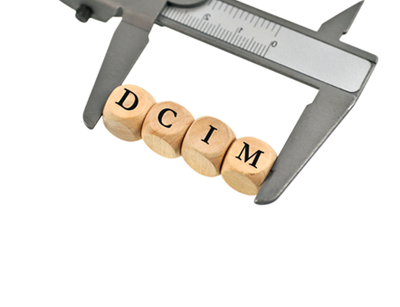Adoption of Data Centre Infrastructure Management (DCIM) solutions is rapidly increasing, and DCIM solutions are generally implemented under the assumption that information regarding physical infrastructure and IT assets is accurate; unfortunately, this is often not the case.
Tracking IT assets using manual processes or spreadsheets is a major problem – commonly used, but difficult to maintain, and highly error-prone. Industry research indicates that an error rate of 10% is common with manual data entry, from typing and transcription errors alone.
Despite this, a recent survey of data centre CIOs found that a majority (61%) of data centre managers still rely on manual spreadsheets or have no formal process in place to manage physical IT asset moves, adds, and changes.
Manual asset tracking techniques are commonly used to track assets and maintain a Configuration Management Database (CMDB) and ensure Information Technology Infrastructure Library (ITIL) compliance. However, the proliferation of errors together with a lack of relevant, up-to-date information within these manual records can render such databases and processes insufficient and ineffective.
The Challenges of Physical Infrastructure Management
A comprehensive method of IT asset tracking is important, but relatively few mature tools currently exist − and those that do exist can lack detail or are compromised by poor integration with traditional management tools.
A failure to accurately record the required asset data eventually impedes the effectiveness of facility management, the finance team, and eventually the data centre itself, resulting in lost assets and increase expense.
Selecting an Asset Tracking and Utilisation Solution
An automated asset tracking solution should unify all asset tracking methods in a reliable, integrated manner to capture all physical infrastructure assets from deployment to decommission, providing an essential basis for DCIM processes.
The following qualities are important when evaluating any potential DCIM system
i) Auto-discovery enabling flexible asset attributes to be recorded for each device, ensuring a centralized, accurate compilation of asset data:
Top-rated DCIM solutions automate the physical location tracking of IT assets over time and maintain a historical record of asset moves. These records can easily be shared with other network management systems and asset management systems.
ii) Real-time notifications of moves, adds and changes, together with tracking and monitoring of all authorized and unauthorized modifications to any asset:
Data center experts estimate that unauthorised or poorly managed changes cause as much as 80% of system downtime, and that 80% of mean time to repair (MTTR) is wasted trying to determine what the change was.
iii) Visibility of the entire asset network and connectivity details for data centres and extended enterprises with real-time connectivity updates:
Assets should be automatically tracked via network connectivity as they move throughout the data centre, with each move recorded for an accurate asset lifecycle. This automation reduces inventory audit times and supports financial and regulatory compliance, as well as ITIL and ITSM initiatives. Advanced DCIM solutions map active and passive end-to-end connectivity, allowing users to trace patch cord ends and view port-level connectivity.
iv) A complete DCIM solution with detailed information on asset tracking and utilisation along with connectivity, power and space:
Quality DCIM solutions feature real-time reporting and documentation of items such as patch field configuration changes and asset movements, and automatically update database information accordingly.
There is a pressing need for mature asset tracking methods within DCIM processes. It is important to prioritise DCIM solutions that provide accurate, timely, and actionable information on physical assets, improved visibility into asset moves, adds, and changes, and process-driven integration with applicable management systems.
The author: Alexandra Bannerman is Solutions Marketing Manager, Software and Appliances, Panduit.
The views expressed are those of the author and do not reflect the opinions of DatacenterDynamics FOCUS or any of its employees.

